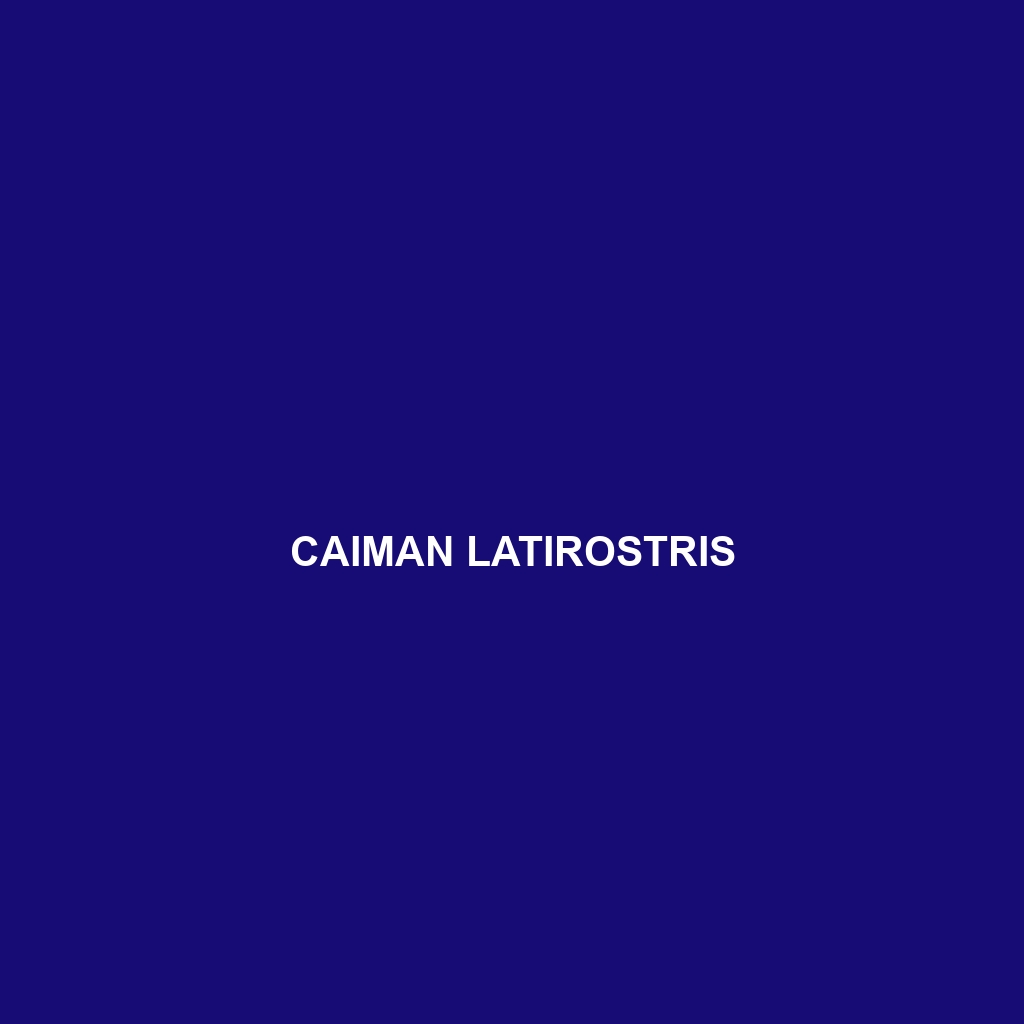Common Name: Caiman crocodilus
Scientific Name: Caiman crocodilus
Habitat:
The Caiman crocodilus, commonly known as the Spectacled Caiman, is primarily found in freshwater habitats across Central and South America. Its range extends from the southern United States to the Amazon Basin, covering countries such as Brazil, Colombia, Venezuela, and Ecuador. This species thrives in diverse environments, including rivers, lakes, swamps, and wetlands, often preferring areas with dense vegetation that offers both shelter and hunting grounds.
Physical Characteristics:
The Spectacled Caiman typically grows to a length of 1.5 to 2.5 meters (5 to 8 feet), although some individuals can reach up to 3 meters (10 feet). Its coloration varies from dark olive to brown, featuring a lighter underside. The distinctive markings on its face resemble spectacles, giving this caiman its common name. With a robust body, long snout, and powerful jaws lined with sharp teeth, the Caiman crocodilus is well-adapted for its predatory lifestyle.
Behavior:
Diet:
The diet of the Caiman crocodilus consists mainly of fish, amphibians, crustaceans, and small mammals. They are opportunistic feeders and will also scavenge when necessary. Their hunting techniques include ambushing prey from the water’s edge or lying in wait partially submerged in water. This adaptability in feeding habits ensures their survival in varying environmental conditions.
Reproduction:
The reproductive habits of the Spectacled Caiman involve a mating season that typically occurs during the rainy season. Female caimans build nests made from vegetation and lay between 20 to 40 eggs. After approximately 65 days of incubation, the young hatch and are guided to the water by their mother. Notably, maternal care is exceptional in this species, as the mother protects her hatchlings from predators until they are mature enough to fend for themselves.
Conservation Status:
As of the latest assessments, the Caiman crocodilus is listed as “Least Concern” by the IUCN, indicating a stable population in many areas. However, habitat destruction and illegal hunting pose threats to certain regional populations. Conservation efforts are essential in preserving their habitats and ensuring sustainable populations.
Interesting Facts:
One fascinating characteristic of the Caiman crocodilus is its ability to tolerate varying salinity levels, allowing it to inhabit brackish waters in addition to freshwater environments. Additionally, they possess a special membrane that allows them to see underwater while keeping their eyes above the surface, enhancing their hunting efficiency.
Role in Ecosystem:
The Caiman crocodilus plays a crucial role in its ecosystem as both a predator and a prey species. By controlling fish and amphibian populations, they help maintain ecological balance. Furthermore, they serve as a food source for larger predators, thereby integrating them into the food web of their respective habitats.
